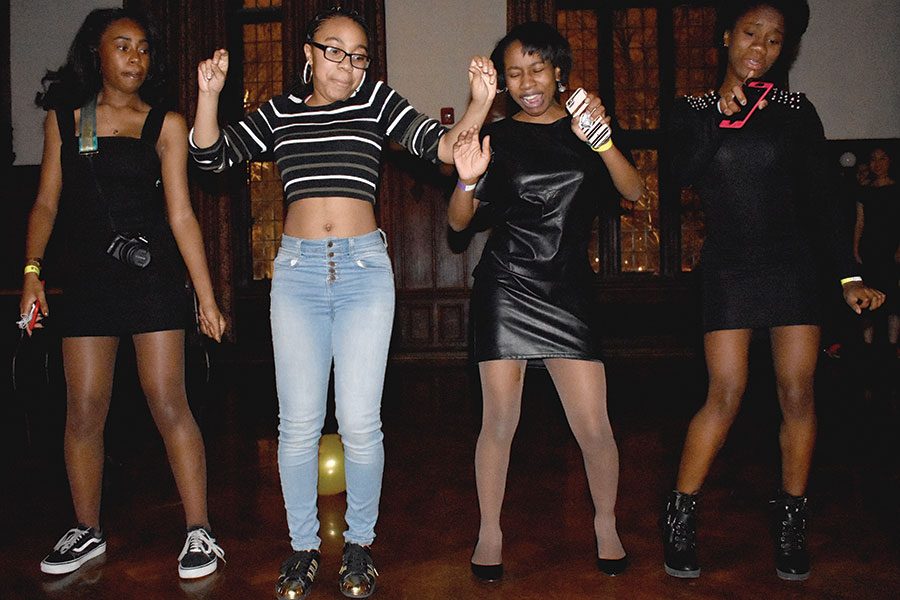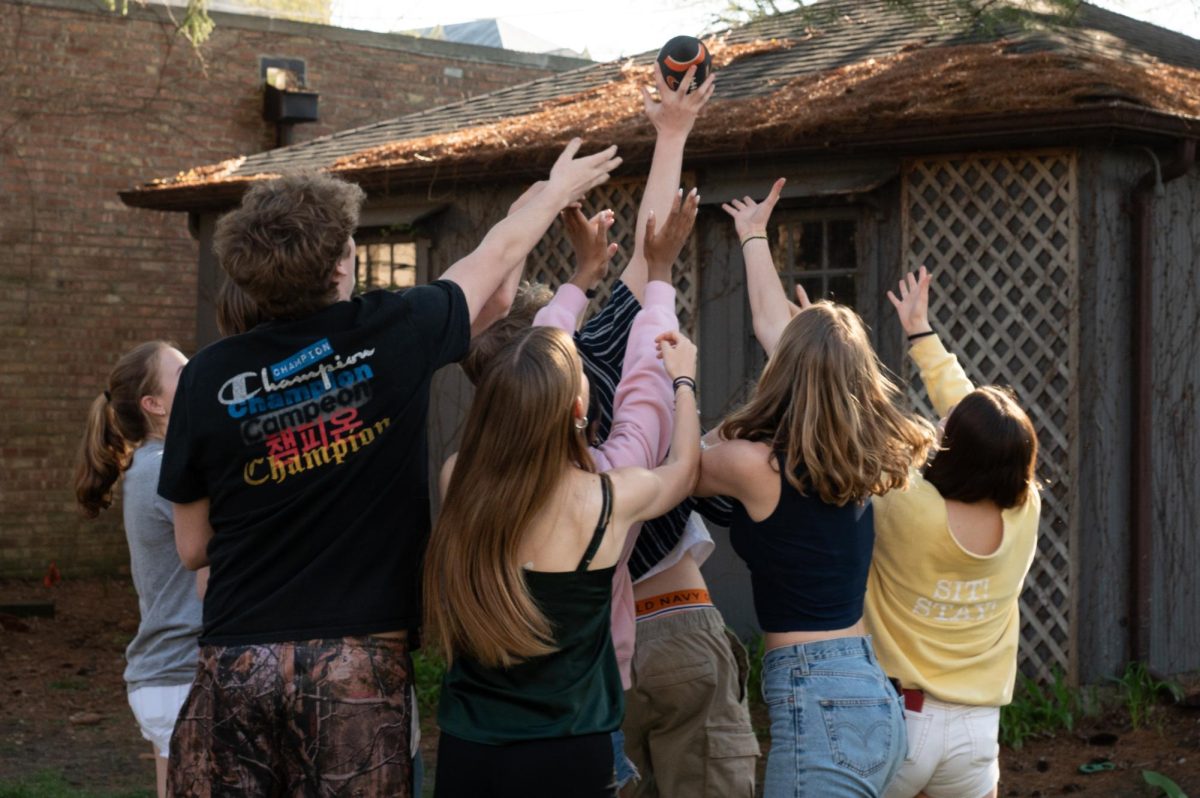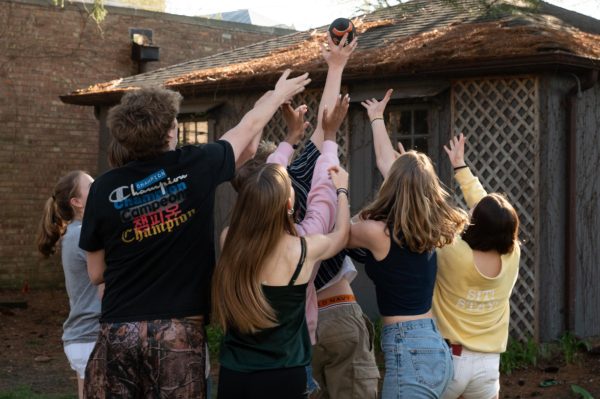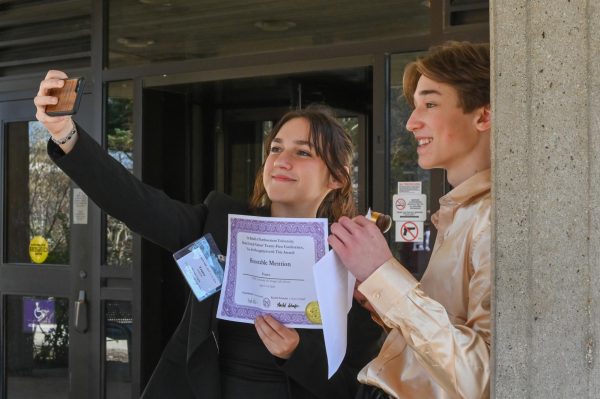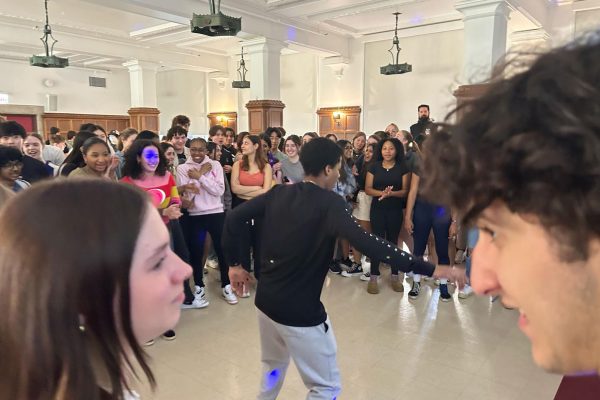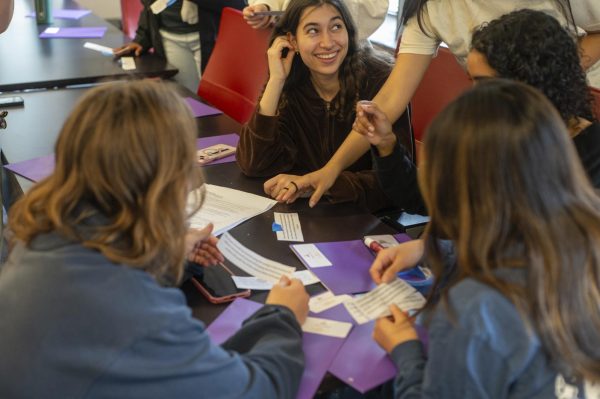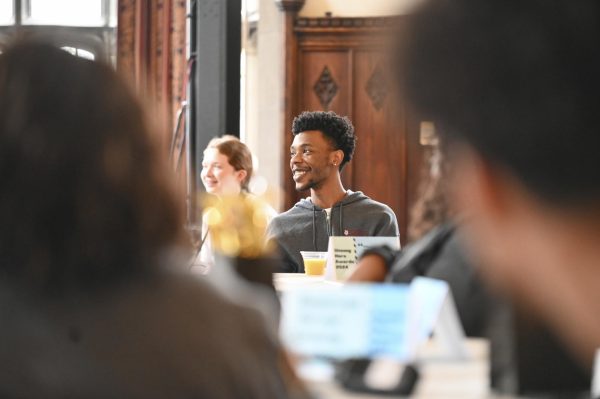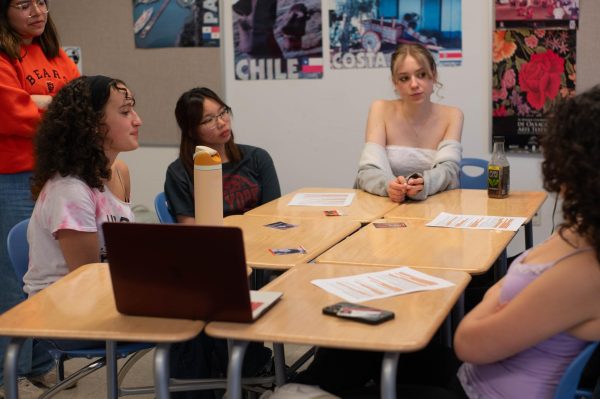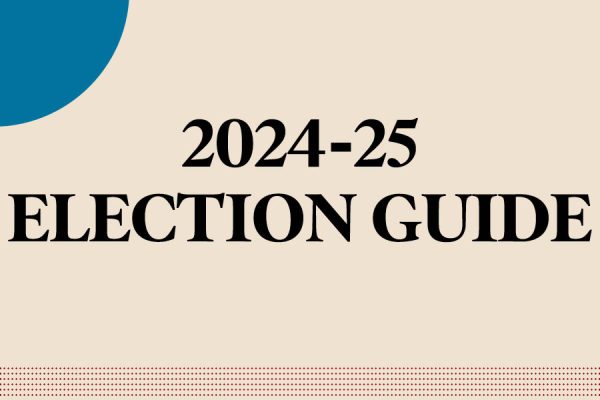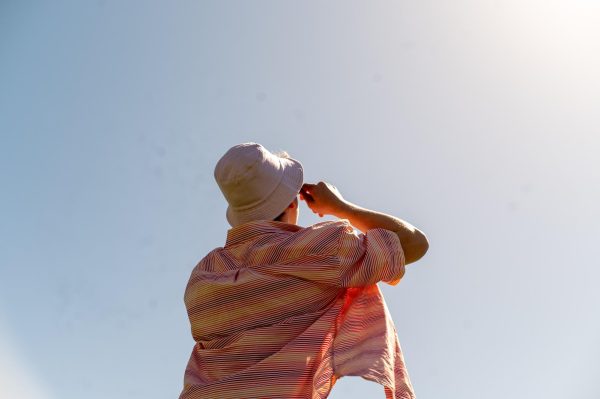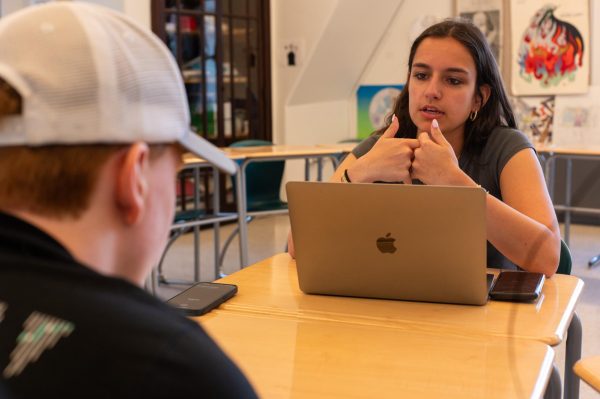Homecoming incident reduces upperclassmen at dance
Sophie Hinerfeld
DANCING THE NIGHT AWAY AT FORMAL. Yanni Simmons, Destiney Williamson, Jordan Mahome and Ariel Montague get down dancing at Winter Formal Feb. 3. More than 70 percent of the students at Winter Formal were lower classmen.
February 8, 2018
According to Student Council data, only 30 percent of student attendees at Winter Formal were upperclassmen — lower than the percentage of upperclassmen at Homecoming in October, members of Student Council say from their experience attending both dances. This follows an incident at Homecoming where nearly everyone left early after Dean of Students Ana Campos told students to dance less aggressively.
While juniors and seniors may feel that school dances are over-chaperoned, organizers and younger students say dances still provide a safe environment for freshmen and sophomores to bond and have fun.
According to junior Tosya Khodarkovsky, less upperclassmen attended Winter Formal because they believe that there are too many adults around to have fun, especially following the incident at Homecoming.
Junior Shreya Dhar agrees with Tosya.
“I didn’t go to winter formal because of what happened at Homecoming,” Shreya said. “I just don’t want to be caught in a situation like that where I might get in trouble.”
Ms. Campos believes it is unfair to call dances over-chaperoned with four chaperones on the dance floor who only step in if they believe the students’ behavior is harmful or if someone could potentially be hurt.
“After Homecoming, I had students come to me telling me that the aggressive dancing was not fun for them and that part of the dance ruined their experience, and we can’t have that,” Ms. Campos said. “Our main priority is to keep students safe.”
While she believes it is unfair that upperclassmen say the dance is over chaperoned, Ms. Campos understands the decline in interest as students get older.
“As people grow older they learn how to drive and can take themselves to social events outside of school, and that’s completely understandable,” she said. “But for the students who do attend, dances allow students to come together and have fun.”
Freshman Nicholas Pietraszek enjoys the bonding experience of dances.
“I like the social direction that we as students get out of it,” Nicholas said. “We get to hang out with our friends. School dances are a lot less about being formal and just about building connections with your friends. I would like even more activities such as some prompts for games.”
Even though fewer seniors and juniors attend Winter Formal and Spring Fling, All-School Treasurer Otto Brown said Student Council spends the majority of its budget on these dances and Homecoming, with each requiring about $2,000-3,000, some of which will be regained through ticket sales.
Otto said dances are important because they are tradition.



